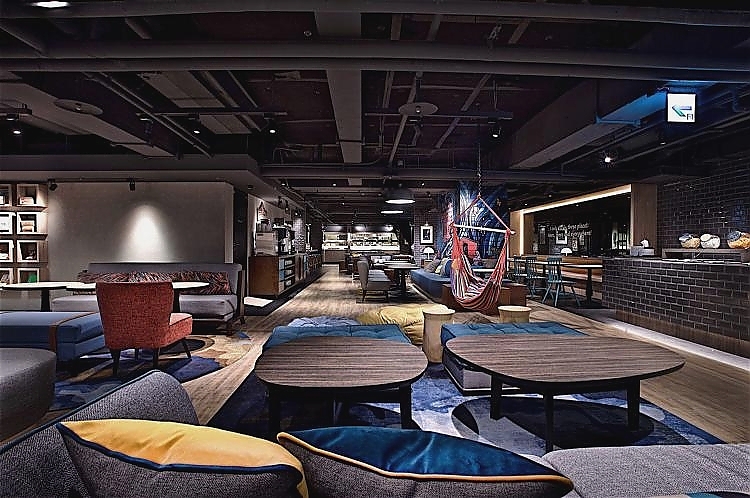With one foot in Europe and another foot in Asia, Istanbul is one of the most diverse and vibrant cities in the world. From crossing the Golden Horn by foot on the Galata bridge, to seeing the beautiful silhouette of the Ottoman mosques; from sampling the mouth-watering street food to shopping the local artisan goods; from identifying the aroma of spices in the markets to exploring the labyrinth of the Grand Bazaar.
Taking a walk in Istanbul is like taking a walk in history, from a distant past to an unknown future. The beautiful streets of Istanbul are full of change, but the relics of the past always remain.
A mix of old and new, with the Galata Tower in the background and the modern architecture peaking out, Istanbul is a city of chaos, diversity and bewilderment. Istanbul has its unique beauty, which reminds us of the mesmerizing eyes, welcoming smiles and graceful dance steps of the local people. We fall in love at first sight, and we are reluctant to say goodbye.



Galata Tower
The Galata Tower is the most recognizable landmark of the Golden Horn. The cylindrical tower with its conical cap rises high above all other buildings on the east bank of the Golden Horn.
The nine-story tower is 63 meters tall (without the ornament top) and was the city’s tallest structure at the time of construction. There are two elevators taking visitors to the 7th floor. From there you have to take two flights of stairs to reach the observation deck. Step outside on the balcony, walk around the tower’s summit and you are greeted with the spectacular panoramic 360-degree view of the city.

Hagia Sophia
The mystical city Istanbul hosted many civilizations since centuries, of which Byzantium and Ottoman Empires were both the most famous ones. The city today carries the characteristics of these two different cultures and Hagia Sophia is a perfect synthesis where one can observe both Ottoman and Byzantium effects under one great dome.
The sheer dazzling beauty of Hagia Sophia with its magnificent play on space, light, and colour provokes worship in the believer. Hagia Sophia poses on the ground of the hill of Istanbul, precisely at the tip of the historic peninsula, surrounded by the Sea of Marmara, the Bosphorus and the Golden Horn on three sides.

Blue Mosque
The Blue Mosque, also known as the Sultanahmet Mosque was built between 1609 and 1617, a combination of traditional Islamic architecture with Byzantine elements.
In order to fully appreciate the mosque’s architecture, you should approach it from the side coming from the Hippodrome instead of entering it through the park. There are plenty of elegant curves thanks to an ascending system of domes and semi-domes, the giant courtyard (about as large as the mosque itself) is the biggest of all Ottoman mosques, and the six minarets (more than any mosque in Istanbul) make for a beautiful silhouette, especially when floodlit after dusk. Far more breathtaking are the more than 20.000 handmade Iznik ceramic tiles, in more than 50 tulip designs, that decorate the interior walls of the mosque. Their colour gives the place its popular name, the Blue Mosque.

Süleymaniye Mosque
The truly staggering size of the Süleymaniye Mosque is one of its most distinctive features – built by the legendary architect, Mimar Sinan, it is known as one of his masterpieces, and his largest design. It is not just the awe-inspiring size that is impressive (the central dome stands 47m high), but also the elegantly decorated interior.
Like the city’s other imperial mosques, the Süleymaniye Mosque was not only a place of worship, but also a charitable foundation, or kulliye. The mosque is surrounded by its former hospital, soup kitchen, schools, caravanserai (resting place for travellers) and bathhouse. This complex provided a welfare system which fed over 1,000 of the city’s poor – Muslims, Christians and Jews alike – every day. The size of the millstone in its courtyard gives an idea of the amount of grain that was needed to feed everyone.

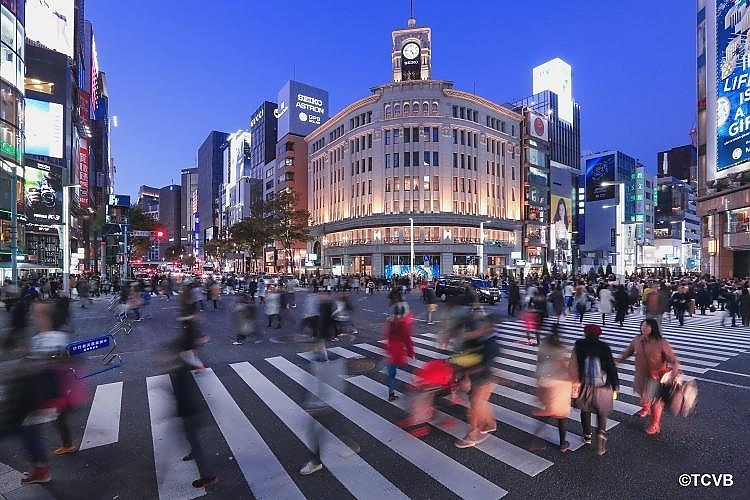
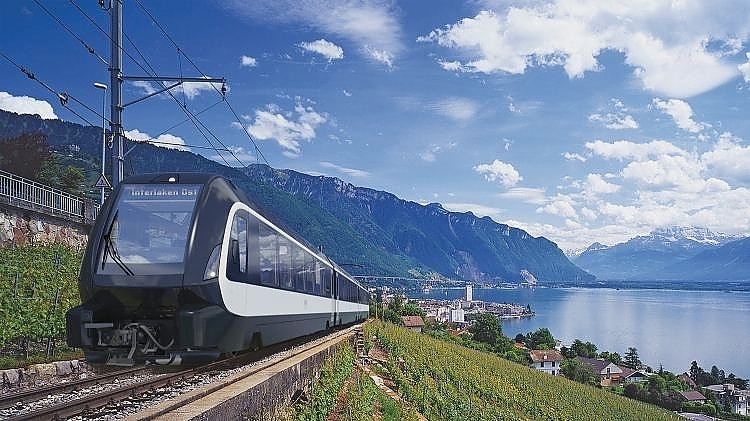


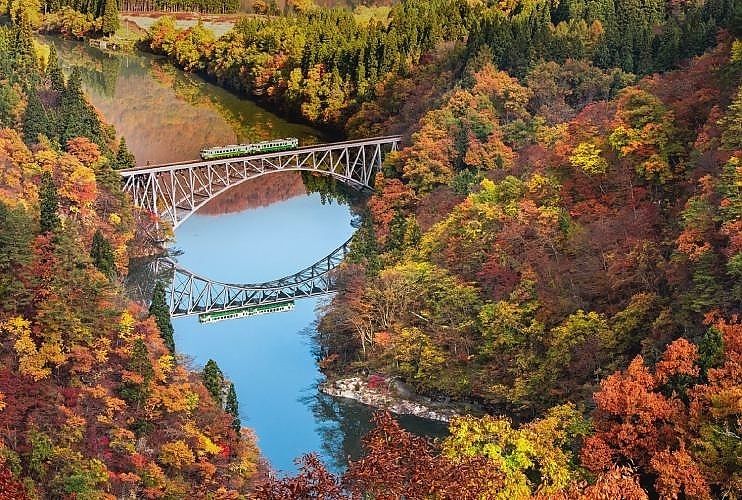
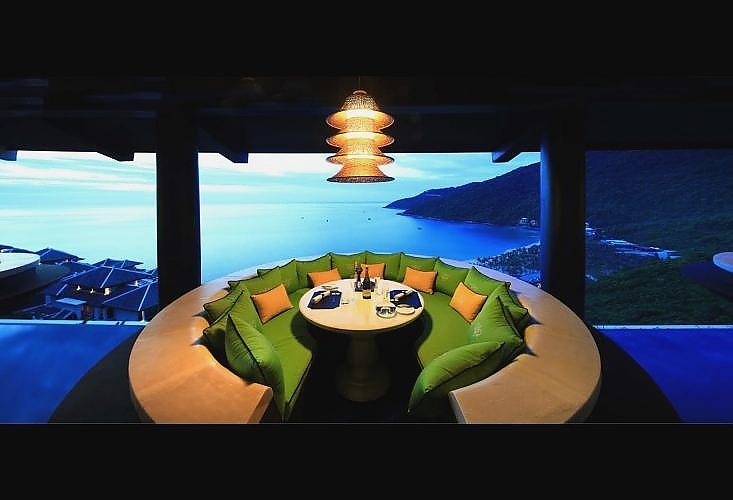

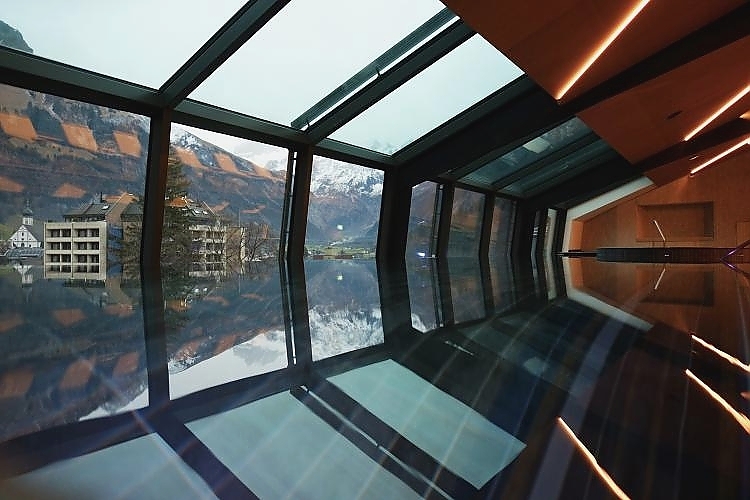
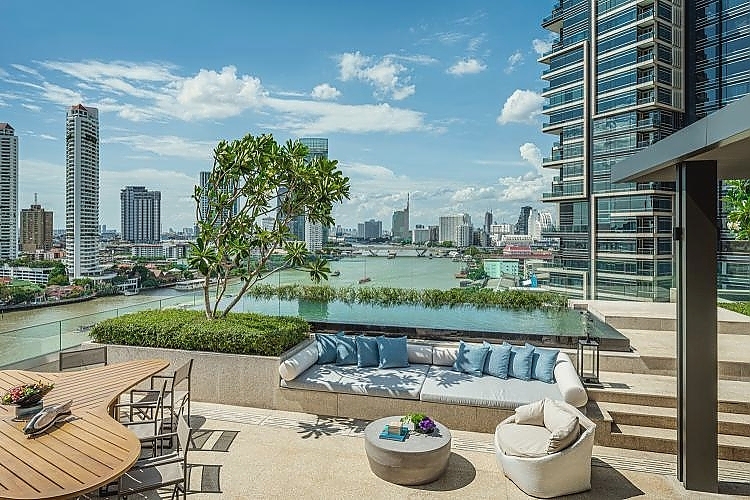

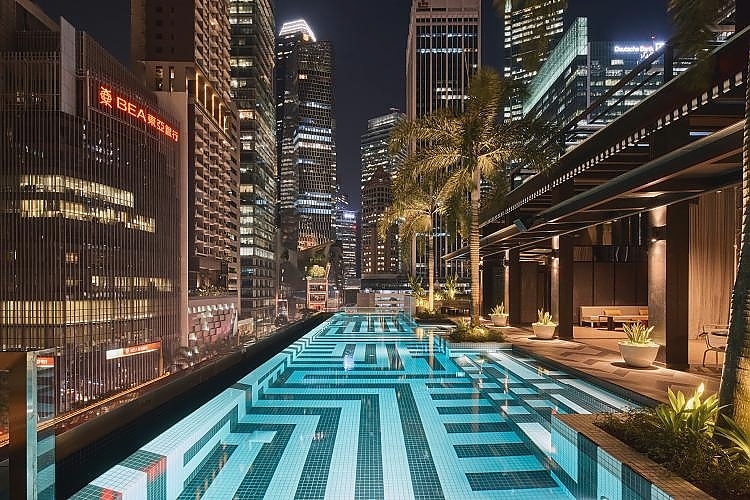


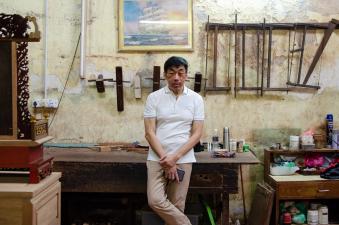



__thumb.jpg)


